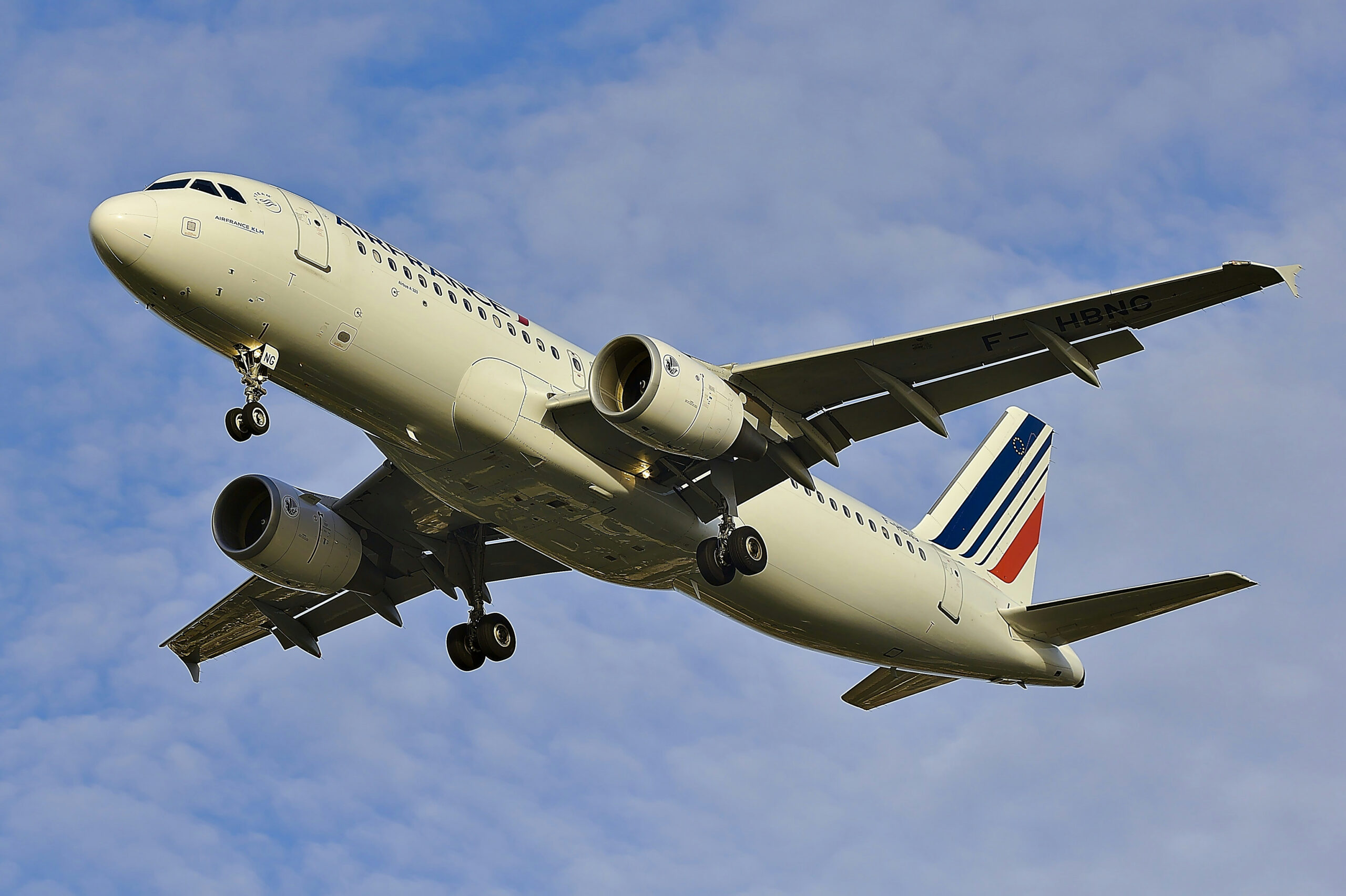Overview
• Operator: Air France
• Aircraft Model: Airbus A330-200
• Registration: F-GZCM
• Flight Number: AF-446
• Route: Paris Charles de Gaulle (CDG) to Sint Maarten (SXM)
• Date: 21 February 2025
• Occupants: Not specified
• Casualties: None reported
• Nature of Incident: Suspected fuel leak prompting precautionary diversion
Incident Summary
An Air France Airbus A330-200, operating as flight AF-446, was cruising at FL400 over the Atlantic Ocean, approximately 1,200 nautical miles south-southeast of Gander, Newfoundland (Canada), when the crew suspected a fuel leak and opted to divert to Gander as a precaution.
The aircraft landed safely on Gander’s runway 03 approximately three hours later without further incident.
Air France later confirmed that the diversion was a precautionary measure and dispatched a replacement aircraft to transport passengers onward to their destination.
As of 18 hours after landing, the incident aircraft remains on the ground in Gander for inspection and maintenance.
Sequence of Events
Pre-incident Conditions:
• Flight AF-446 departed Paris Charles de Gaulle (CDG) normally with no reported technical issues.
• The aircraft was operating a long-haul transatlantic sector, requiring high fuel endurance and consumption monitoring.
In-flight Occurrence:
• While cruising at FL400, the crew identified indications suggesting a possible fuel leak.
• Following standard procedures, the crew monitored fuel quantity and system performance to assess the situation.
• A decision was made to divert to Gander (YQX) as a precautionary measure.
Landing & Emergency Response:
• The aircraft landed safely on Gander’s runway 03 after approximately three hours of diversion flight time.
• No emergency evacuation was necessary, and passengers disembarked normally.
• Air France dispatched a replacement aircraft to continue the journey to Sint Maarten.
Investigation & Initial Findings
• The aircraft remains under inspection at Gander, with maintenance teams investigating the suspected fuel leak.
• Potential causes under review include:
• Faulty fuel quantity sensors leading to a false indication.
• Actual fuel system leakage, possibly from fuel tanks, pumps, or lines.
• Fuel imbalance or transfer system malfunction triggering a leak suspicion.
• No visible fuel spill or external leaks were immediately reported upon landing.
Analysis & Safety Recommendations
• Fuel system integrity inspections are critical for long-haul flights, and early detection of anomalies is essential for flight safety.
• Flight crews should continue to follow strict monitoring protocols for fuel usage discrepancies to identify potential leaks early.
• Further technical analysis may lead to Airbus or airline-specific advisories if a recurring issue is identified.
• The FAA, EASA, and Air France engineering teams may review the fuel system components and monitoring logic to prevent false alarms or undetected leaks in future operations.
Disclaimer
“This report is based on available information as of 22 February 2025. While every effort has been made to ensure accuracy, the completeness of the details cannot be guaranteed. If you are the rightful owner of any referenced materials and wish them removed, please email takedown@cockpitking.com.”
